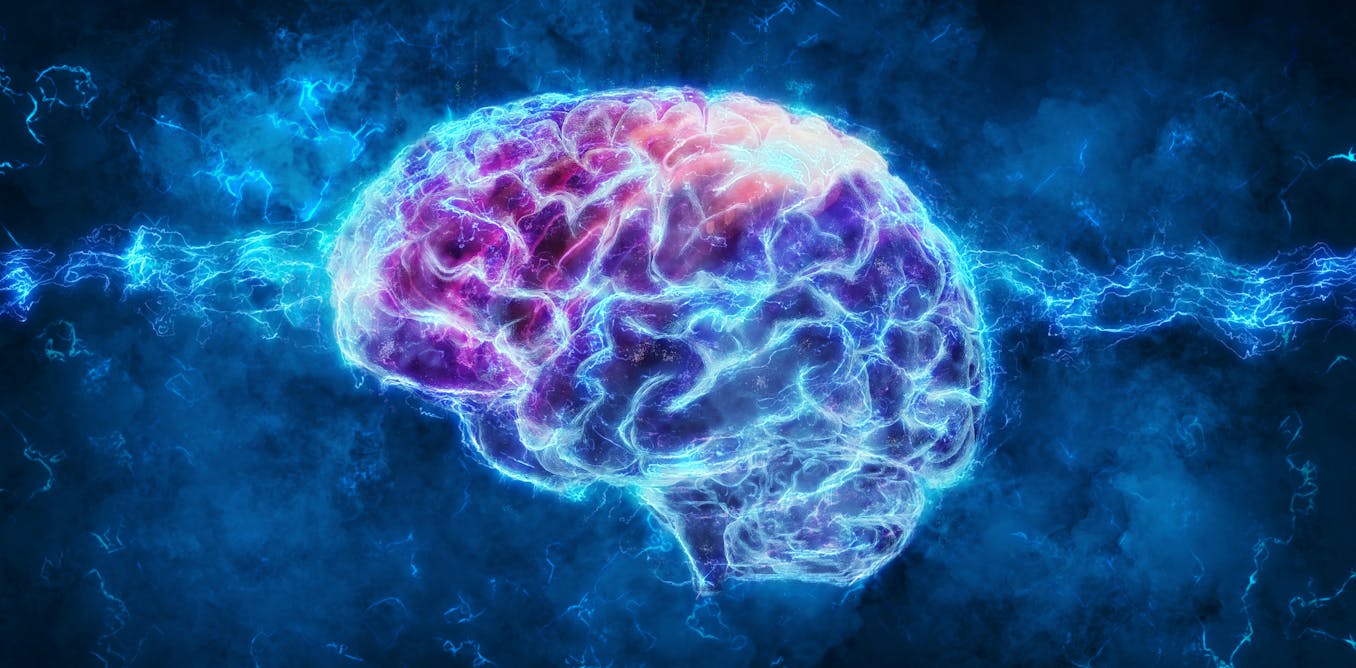Bystander effect - Wikipedia
The bystander effect, or bystander apathy, is a social psychological theory that states that individuals are less likely to offer help to a victim in the presence of other people. The theory was first proposed in 1964 after the murder of Kitty Genovese, in which a newspaper had reported (albeit erroneously) that 38 bystanders saw or heard the attack without coming to her assistance or calling the police. Much research, mostly in psychology research laboratories, has focused on increasingly varied factors, such as the number of bystanders, ambiguity, group cohesiveness, and diffusion of responsibility that reinforces mutual denial. If a single individual is asked to complete a task alone, the sense of responsibility will be strong, and there will be a positive response; however, if a group is required to complete a task together, each individual in the group will have a weak sense of responsibility, and will often shrink back in the face of difficulties or responsibilities.
Recent research has focused on "real world" events captured on security cameras, and the coherency and robustness of the effect has come under question.[ 1] More recent studies also show that this effect can generalize to workplace settings, where subordinates often refrain from informing managers regarding ideas, concerns, and opinions.[ 2] [ 3]




















